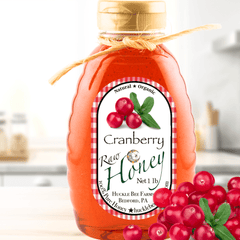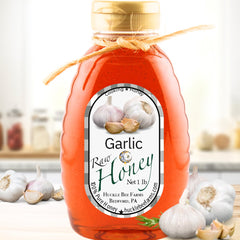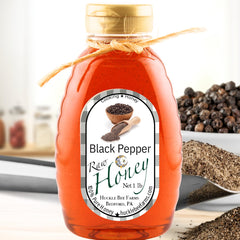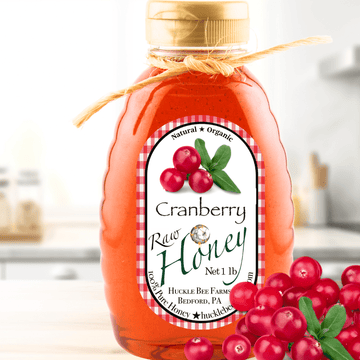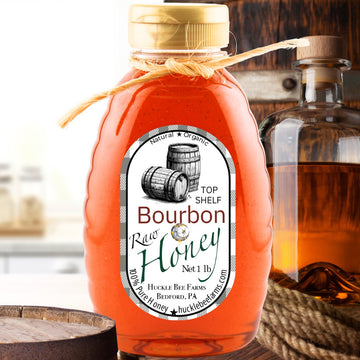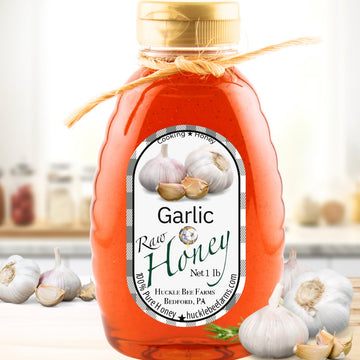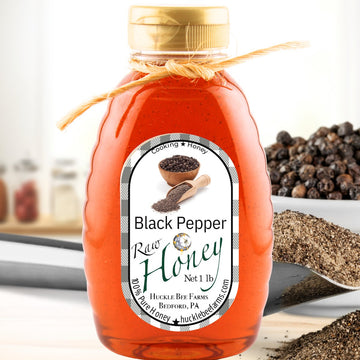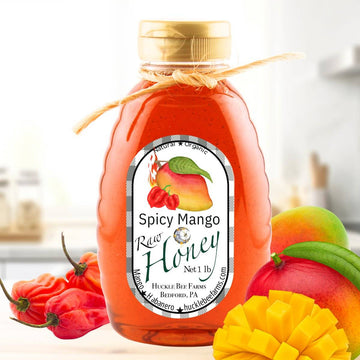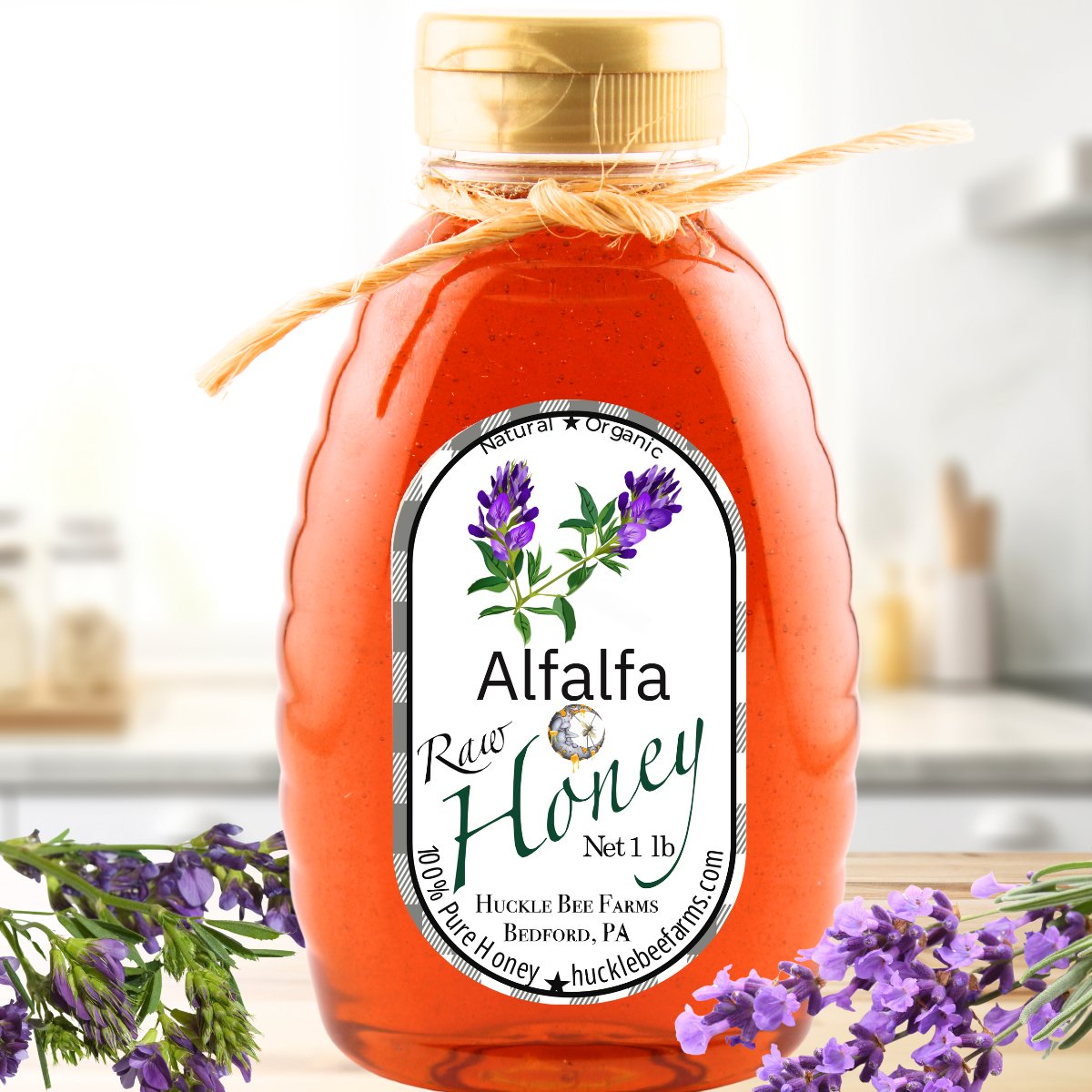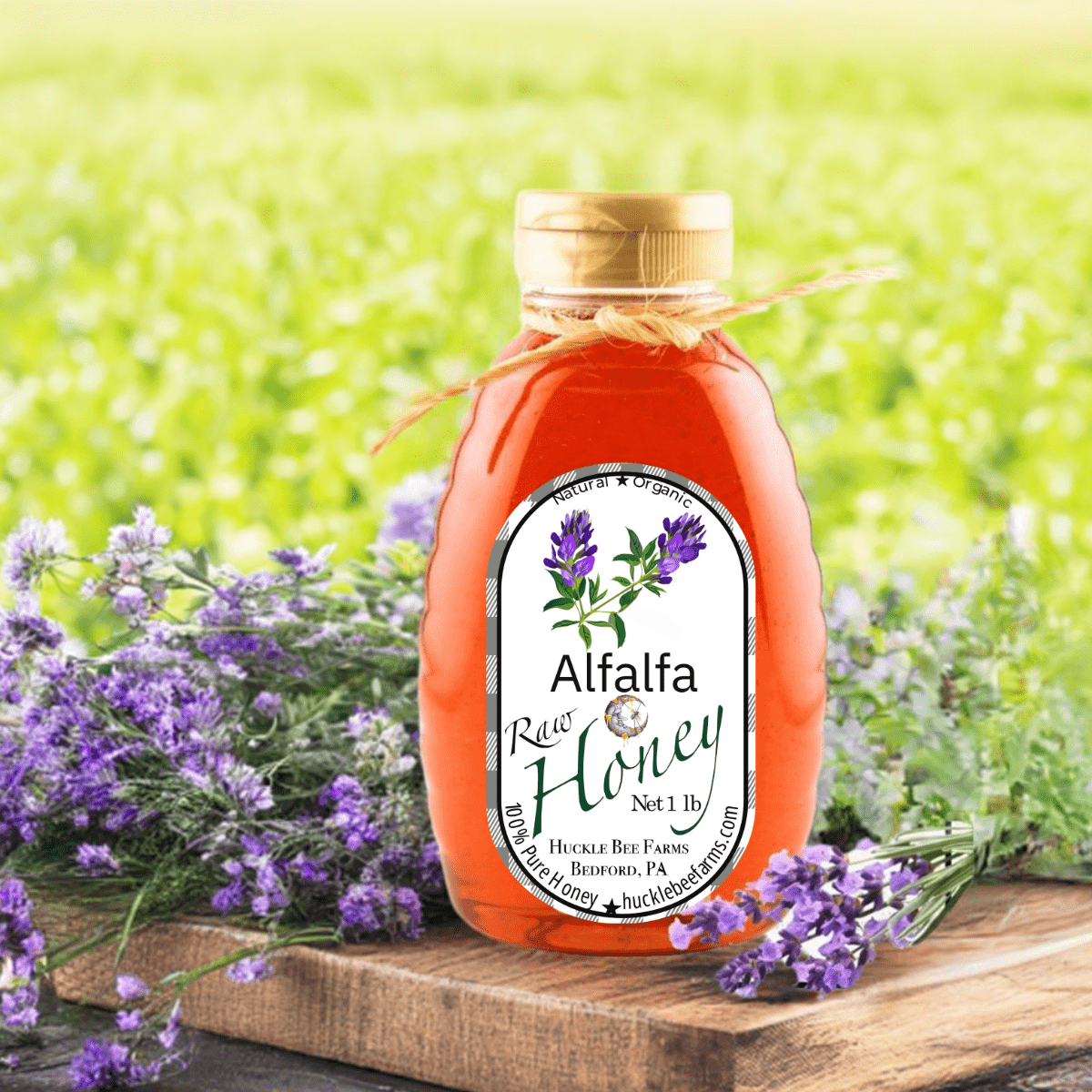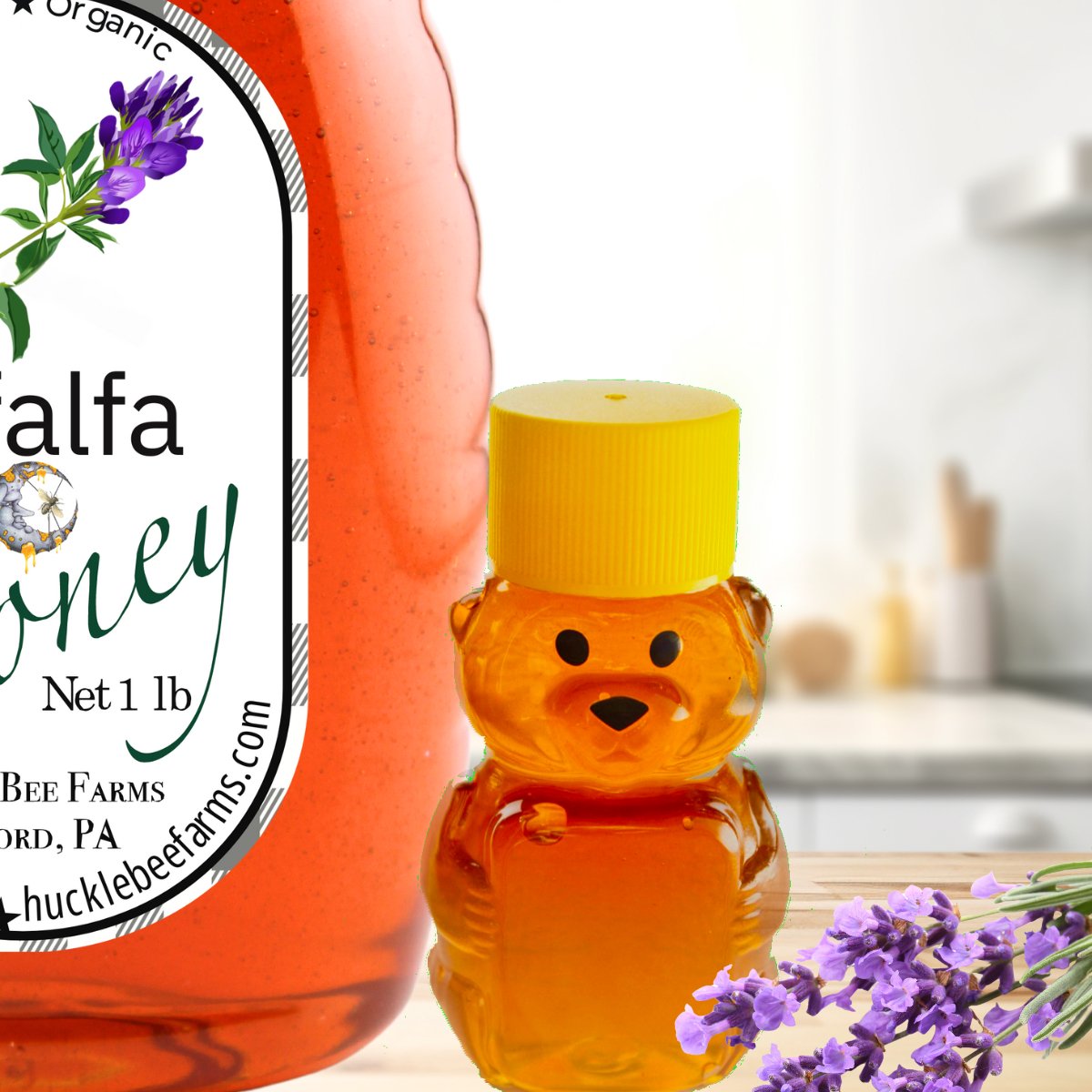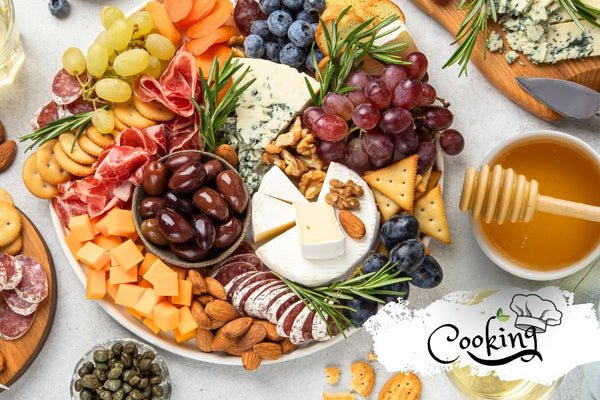
How to Make the Best Cranberry‑Glazed Turkey for Thanksgiving and Holiday Meals
Table of contents
Cranberry‑glazed turkey turns a holiday roast into a showstopper — bright, tangy cranberries meet mellow honey for a glaze that’s both festive and balanced. Below we explain why a sweet‑and‑tart finish makes turkey sing, how cranberry honey deepens flavor and helps with caramelization, and exactly what you’ll learn here: the benefits of cranberry honey, a complete step‑by‑step recipe, glaze variations, serving and leftover ideas, troubleshooting, and common questions. If you’ve ever wrestled with a dry bird or a dull finish, this guide shows how brining, steady roasting, and timed glazing keep the meat juicy while building a lacquered, flavorful skin. Read on to make a cranberry‑glazed turkey that’s moist, layered in flavor, and easy to adapt — from orange and spicy to bourbon or herb‑infused glazes for every holiday table.
Why Use Cranberry Honey in Your Turkey Glaze?
Cranberry honey gives a concentrated sweet‑and‑tart note that plays beautifully with turkey fat and roasting aromatics, while helping the skin brown to a glossy finish. Think of cranberry honey as either a honey varietal with cranberry characteristics or a honey blended with reduced cranberries; its sugar profile balances sweetness and acidity so you get depth without cloying flavor. Knowing how it behaves — taste, viscosity, and heat response — makes it an excellent choice for a turkey glaze. The sections that follow unpack taste enhancement, caramelization behavior, and practical cooking tips.
Cranberry honey brings clear culinary and functional advantages to a turkey glaze:
-
Flavor depth: Adds layered sweet, fruity, and tart notes.
-
Natural sweetening: Replaces refined sugar while encouraging golden caramel color.
-
Glaze texture: Its thickness helps the glaze cling and build a glossy coat.
Checkout Our Other Cranberry Honey Ideas
How Does Cranberry Honey Enhance Flavor and Sweetness?
Cranberry honey pairs the honey’s natural fructose‑to‑glucose balance with cranberries’ bright acidity, so the glaze lifts both white and dark meat. Acidity keeps the honey from tasting too sweet, while the honey’s texture helps herbs and aromatics stick to the skin and intensify with roasting. A useful rule of thumb when making a glaze is roughly 3:1 honey to reduced cranberry sauce, and use a little less honey in the brine to avoid pushing sweetness into the meat. Expect floral top notes, a cranberry tang, and a lingering caramelized finish that complements rosemary and thyme particularly well.
What Are the Antioxidant and Caramelization Benefits of Cranberry Honey?
Beyond flavor, cranberry components bring polyphenolic notes that many cooks associate with a healthier, fruit‑forward profile. On the heat side, honey sugars start to caramelize roughly between 250–350°F (120–175°C), producing a glossy brown finish; cranberry reductions contribute pectin and acid, which change viscosity and setting time. To prevent bitter overcooking, brush glazes in the final 30–45 minutes of roasting in short, repeated layers rather than a single heavy coat — that builds layered caramelization without burning. Understanding sugar and heat interaction helps you time glazing for maximum sheen and flavor without a scorched glaze.
Minutes per Pound / Total Time |
Culinary Effect |
Practical Benefit |
Sweet‑tart balance |
Brightens the meat’s flavor |
Adds complexity without excess sweetness |
Viscosity |
Clings to skin and herbs |
Builds layered glaze and lasting sheen |
Fruit‑derived compounds |
Contributes polyphenolic notes |
Offers a perceived antioxidant appeal for holiday menus |
How to Prepare a Perfect Cranberry‑Glazed Turkey — Step by Step
Making an oven‑roasted cranberry‑glazed turkey is a simple workflow: brine → roast → glaze → rest. Each stage matters — brining locks in moisture, aromatics add depth, and a timed glazing routine produces a glossy, caramelized surface without burning. Below you’ll find precise temperatures, timings, and methods to keep the bird juicy while developing a flavorful glaze.
Gather these ingredients and tools before you begin.
Ingredients:
Whole Turkey: 10–14 lb (1)
Kosher Salt: 2 cups (for wet brine, adjust for dry brine)
Whole Spices: 1 tbsp mixed (e.g., peppercorns, bay leaves, star anise)
Aromatics: 1 large apple or onion, quartered
Cranberry Honey: 1/2 cup (for glaze)
Fresh Cranberries: 1 cup (for reduction)
Unsalted Butter or Neutral Oil: 1/2 cup (1 stick) butter or 1/4 cup oil (for rubbing turkey); 2 tbsp butter (for glaze)
Citrus: 1 orange (juice and zest, or 1/4 cup juice)
Fresh Rosemary Sprigs: 4-6 sprigs
Fresh Thyme Sprigs: 4-6 sprigs
Black Peppercorns: 1 tbsp (for brine)
Equipment: Large brining container or food‑grade bag, roasting rack and pan, instant‑read and probe thermometers, basting brush, and an oven‑safe rack for resting.

What Is the Best Brining and Roasting Process for a Juicy Turkey?
Brining helps the turkey retain moisture during roasting; choose a wet or dry brine based on your schedule and how crispy you want the skin. For a wet brine, use 1 cup kosher salt per gallon of water (optional 1/2 cup sugar), add aromatics, and chill for 12–24 hours for a 12–16 lb bird. For a dry brine, rub a salt‑herb mix under the skin and refrigerate uncovered for 24–48 hours to encourage crisp skin. Roast at 325°F and pull the bird when the breast reads about 160°F and the thigh 170–175°F — carryover will raise the temperature a few degrees. These steps also guide when to start glazing so you don’t overcook the sugars.
Turkey Category |
Roasting Temperature |
Minutes per Pound / Total Time |
Whole turkey (unstuffed) |
325°F |
13–15 minutes per lb (~3–4 hrs for 12–15 lb) |
Whole turkey (stuffed) |
325°F |
15–17 minutes per lb (~3.5–4.5 hrs for 12–15 lb) |
Turkey breast (boneless) |
325°F |
18–22 minutes per lb (~1.5–2 hrs for 4–6 lb) |

How and When Should You Apply the Cranberry Honey Glaze?
Brush the glaze during the final stage of roasting so it builds shine without burning. Start thin coats about 30–45 minutes before the turkey reaches its final temperature, brushing every 10–15 minutes and stopping when the breast hits roughly 160°F to allow carryover to finish cooking. A good glaze base combines reduced cranberries, cranberry honey, butter, and a splash of citrus or stock to set the consistency; warm it slightly for easier brushing. Avoid broiling with high sugar content present. Thin, repeated passes create a glossy, honeyed glaze with that sweet‑and‑tart character.
Turkey Weight/Category |
Cook Temp/Time |
10–12 lb whole turkey |
325°F — ~2.5–3 hrs |
12–15 lb whole turkey |
325°F — ~3–4 hrs |
4–6 lb turkey breast |
325°F — ~1.5–2 hrs |

Creative Cranberry Glaze Variations to Try
Small swaps to the base cranberry‑honey glaze let you tune the roast to any menu — bright citrus, smoky bourbon, a gentle heat, or savory herbs each change the mood of the bird. Below are easy variation ideas and quick methods so you can pick the profile that best complements your sides and guests.
Try these practical glaze variations:
-
Orange‑Cranberry Glaze: Cranberry reduction plus orange juice and zest for bright lift.
-
Spicy Cranberry Glaze: Red pepper flakes or fresh chiles for a warm contrast.
-
Bourbon Cranberry Glaze: Reduce bourbon with cranberries for warm, rounded depth.
-
Herb‑Infused Glaze: Steep rosemary or thyme in the warm glaze for savory balance.
How to Make Orange‑Cranberry and Spicy Cranberry Glazes?
The orange version brightens the honey base with citrus; the spicy version adds controlled heat against rich meat. For orange‑cranberry: combine 1 cup cranberries, 1/2 cup orange juice, and 1/4 cup cranberry honey, simmer until reduced and strain if you want a smooth finish. For spicy: add 1/4–1 tsp red pepper flakes or one seeded, finely chopped jalapeño to the basic glaze and simmer, tasting to adjust heat. Warm either glaze and brush during the final 30 minutes of roasting. Use orange zest sparingly to avoid bitterness, and mellow chile heat with a touch more honey if needed.
What Are Bourbon and Herb‑Infused Cranberry Glaze Options?
Bourbon and herb infusions change the glaze’s character — boozy warmth or herbaceous depth. For a bourbon glaze, simmer 1/2 cup bourbon with 1 cup cranberries and 1/3 cup cranberry honey until reduced and syrupy, then cool slightly before using. For herb infusion, gently warm the glaze with sprigs of rosemary or thyme for 10–15 minutes, then remove the herbs to prevent overpowering. For safety and flavor control, reduce bourbon off the heat rather than flambéing near the oven. These finishes add complexity while preserving the glossy, sweet‑and‑tart result.
Glaze Variation |
Key Ingredients |
Flavor Profile & Suggested Use |
Orange‑Cranberry |
Orange juice, zest, cranberry honey |
Bright and citrusy; pairs well with root vegetables |
Spicy Cranberry |
Red pepper, jalapeño, cranberry honey |
Warm, layered heat; pairs with savory sides |
Bourbon Cranberry |
Bourbon, reduced cranberries, cranberry honey |
Warm, rounded depth; pairs with smoked or rich sides |
Herb‑Infused |
Rosemary/thyme, butter, cranberry honey |
Savory and aromatic; pairs with herb stuffing |
Best Serving Suggestions and Leftover Ideas for Cranberry‑Glazed Turkey
Presentation and pairings make the glaze pop — think contrast, color, and texture. Choose sides that balance the sweet‑tart profile and present the bird so the glossy skin and herbs read clearly on the plate. Smart leftovers keep the flavor alive into sandwiches, salads, and warm bowls.
Good side pairings include starches, vegetables, and sauces that balance sweetness and acidity.
-
Mashed potatoes or root‑vegetable purée: Creamy textures mellow the glaze.
-
Green beans or roasted Brussels sprouts: Add bitterness and crunch to cut sweetness.
-
Stuffing or wild rice: Earthy grains ground the meal.
-
Citrus or herb gravy: Brings acidity or savory lift to tie flavors together.
Which Side Dishes Pair Well with Cranberry‑Glazed Turkey?
Pick sides that add texture and balance so the turkey remains the focus. Starches like mashed potatoes or a sweet potato casserole soften the palate; roasted greens or sautéed vegetables add a bitter counterpoint; and grain‑based stuffings or pilafs provide savory grounding. A citrus vinaigrette or lemony green‑bean salad refreshes the palate between bites. Varied textures and a touch of acid or bitterness will highlight the turkey’s sweet‑and‑tart glaze.
How Can You Transform Leftovers into Delicious Cranberry Turkey Sandwiches?
Leftover cranberry‑glazed turkey makes great sandwiches. Layer sliced turkey with a smear of leftover cranberry reduction, a soft cheese like brie or cream cheese, and crisp greens on sturdy bread. For a hot version, add stuffing and warm the sandwich in a skillet with butter until the bread is crisp. Reheat turkey gently with a splash of stock or in a covered skillet to keep it moist. These quick transformations keep the cranberry honey flavor front and center after the holiday.
How to Troubleshoot Common Issues When Cooking Cranberry‑Glazed Turkey
Common concerns — dry meat, sticky or burned glaze, uneven browning — all have straightforward fixes rooted in brining, temperature control, and glazing technique. Focus on prevention: proper brining, accurate thermometers, and careful glazing timing will reduce problems and improve outcomes. The tips below give clear, practical solutions.
Quick fixes for typical problems:
-
Dry meat: Brine ahead of time, watch internal temps, and rest the bird so juices redistribute.
-
Sticky/burnt glaze: Glaze late in the roast and in thin layers; lower the oven or tent with foil if needed.
-
Uneven roasting: Use a rack, rotate the pan, and tent thinner areas that brown too quickly.
How Do You Keep Your Turkey Moist and Tender?
Moisture comes from smart brining, steady oven temps, and precise temperature checks. Use a wet brine or a 24–48 hour dry brine to boost moisture retention; roast at a moderate 325°F to avoid drying the meat; and remove the bird about 5–10°F below your final target so carryover finishes the cooking. Rest the turkey 20–30 minutes loosely covered with foil before carving to let juices settle. These steps let the cranberry honey glaze enhance surface flavor without masking dryness.
What Are the Best Techniques for Achieving Crispy Skin and Even Roasting?
Crispy skin starts with drying the skin ahead of time and finishing with a short burst of high heat while protecting the meat. Dry the skin in the refrigerator overnight after a dry brine, rub with oil or butter to promote browning, and, if needed, blast the oven to 425–450°F for the last 10–15 minutes — watching the glaze sugars closely to avoid burning. Roast on a rack for air circulation and rotate the pan if your oven has hot spots. This approach delivers a crisp, evenly browned exterior while keeping the interior juicy.
Frequently Asked Questions
What is the best way to store leftover cranberry‑glazed turkey?
Cool leftovers to room temperature, then refrigerate in an airtight container or wrapped tightly in foil or plastic wrap to prevent drying. Store in the fridge for up to 3–4 days. For longer storage, wrap well in freezer‑safe packaging and freeze for up to 3 months. When reheating, bring the turkey to an internal temperature of 165°F for safety.
Can I use cranberry honey in other recipes besides turkey glaze?
Absolutely. Cranberry honey is versatile — use it in salad dressings, marinades, drizzled over cheese boards or roasted vegetables, and even in baked goods. Its sweet‑tart profile works well with both savory and sweet dishes, from vinaigrettes to muffins.
How can I ensure my turkey glaze doesn't burn during cooking?
To prevent burning, apply glaze during the last 30–45 minutes of roasting in thin layers, brushing every 10–15 minutes. Keep an eye on oven temperature; if the glaze darkens too quickly, lower the heat slightly or tent the turkey with foil. These steps help you achieve a glossy finish without bitter notes.
What are some creative side dishes to serve with cranberry‑glazed turkey?
Pair the turkey with creamy mashed potatoes or root purée, roasted Brussels sprouts or green beans for crunch and bitterness, and earthy stuffing or wild rice to ground the meal. A citrus or herb gravy can tie the flavors together and brighten the plate.
How do I know when my turkey is fully cooked?
Use a thermometer in the thickest part of the breast and the thigh, avoiding bone. The breast should read about 160°F and the thigh 170–175°F before resting — carryover will raise the temperature slightly. Let the turkey rest 20–30 minutes before carving so juices redistribute.
What are some tips for achieving crispy skin on my turkey?
Dry the skin well before roasting (refrigerate uncovered after brining), rub with oil or butter, and finish with a short high‑heat interval (425–450°F) for 10–15 minutes while monitoring the glaze. Rotate the turkey for even browning and watch sugars closely to avoid burning.
How Do You Make a Cranberry Glaze for Turkey?
For a quick glaze, simmer 1 cup fresh or frozen cranberries with 1/4 cup water and 1/3 cup cranberry honey until berries burst and liquid reduces by about half. Mash or strain for a smooth texture, then whisk in 2 tablespoons butter and a splash of orange juice or cider vinegar to balance sweetness. Warm the glaze and brush thin coats during the last 30–45 minutes of roasting to build shine without burning.
What Is the Ideal Internal Temperature for a Cooked Turkey?
Target about 160°F in the breast and 170–175°F in the thigh before resting, allowing carryover to lift the final temperature a few degrees. Insert probes into the thickest parts without touching bone; remove the turkey at the lower targets and rest 20–30 minutes under loose foil so juices redistribute. These temps prevent overcooking and help time your glazing so sugars aren’t burned.
What Is Cranberry Honey Used for Besides Turkey Glaze?
Cranberry honey works well beyond glazes — it brightens dressings, accents cheese boards, flavors marinades, and finishes roasted vegetables or other poultry and pork. Try it drizzled over goat cheese crostini, whisked into fall vinaigrettes, brushed on roasted carrots or sweet potatoes, or used in a pork loin glaze for complementary fruitiness.
-
Versatile uses: Cheese boards, dressings, marinades, and bakes.
-
Pairing tips: Balance its sweetness with acid and herbs for depth.
-
Storage note: Store like other honeys — sealed and at room temperature.
These quick ideas round out how to use cranberry honey beyond the centerpiece turkey and wrap up the guide.
Conclusion
Cranberry‑glazed turkey elevates holiday meals with a bright, layered flavor and a glossy, caramelized finish. Master brining, steady roasting, and careful glazing and you’ll serve a juicy, impressive centerpiece your guests will remember. Try the glaze variations and leftover ideas above, and explore our selection of cranberry honey and premium ingredients to make your next holiday feast even better. Happy roasting — and enjoy the celebration.







